For many years, I loved seeing pictures of the “bird” symbol on the fin of CASA Jungmanns. I thought the symbol was really beautiful, the arched eagle whose claws gripped a boxy set of wings. You can see the symbol on the fin of this original color CASA Jungmann photo.
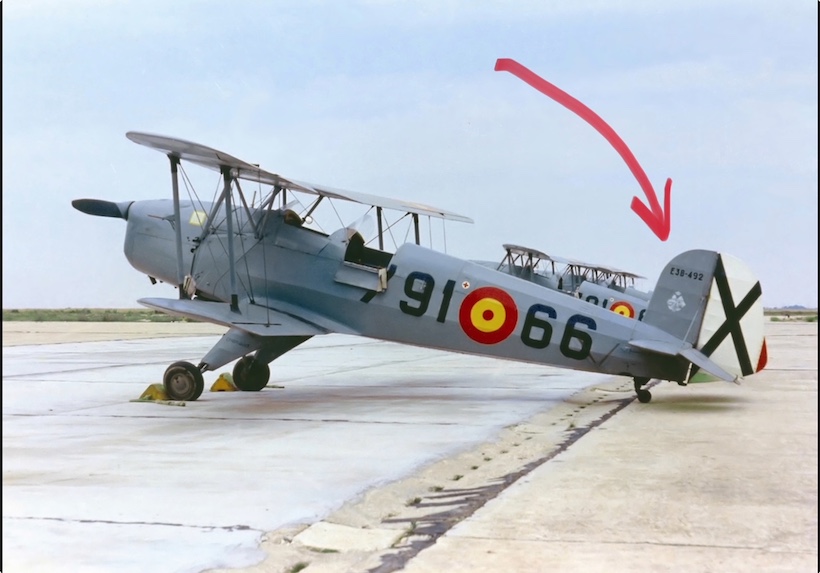
I never got to see a real one though. All the CASA fins I had come across were just grey colored and had an E3B number at the top.
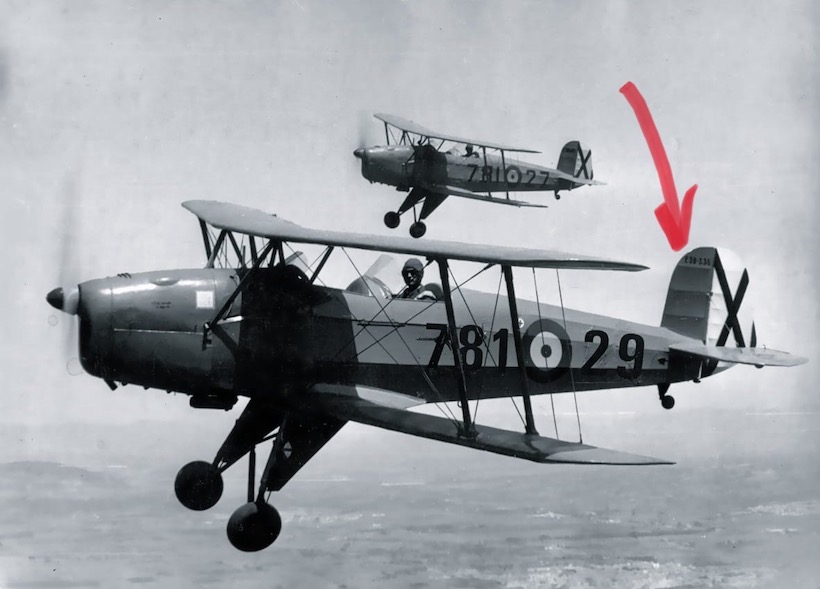
I often wondered why some Jungmanns had the symbol and others did not. Recently, Paul Rosendahl sent me a picture of the symbol (which was copied onto paper) that came with his Jungmann project. He wanted to know more about it.
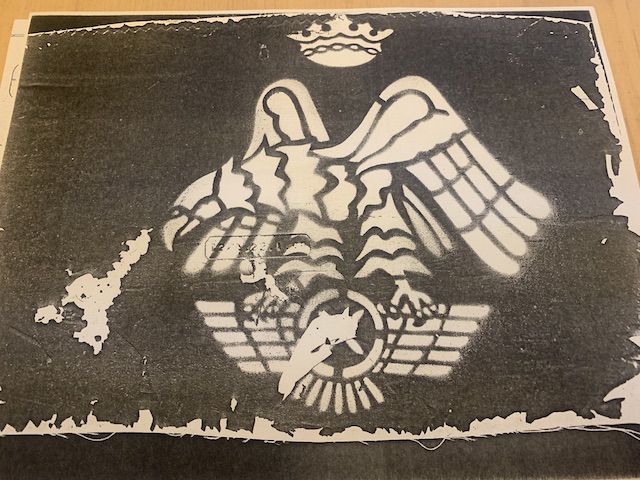
Having been curious for a long time, I reached out to CASA Air Force historian Paco Rivas who told me:
“The ‘Águila” mark/badge is an original design of the Spanish Air Force used in all those airplanes destined to the Academia General del Aire / General Air Academy (AGA) in San Javier-Murcia since its creation in 1943.”
“The ‘Águila” mark/badge is an original design of the Spanish Air Force used in all those airplanes destined to the Academia General del Aire / General Air Academy (AGA) in San Javier-Murcia since its creation in 1943.”
So, it seems the planes assigned to the Spanish Air Force Academy had the symbol and the other training squadrons did not. Paco also mentioned that the symbol had been in use for a long time and could be seen on a more modern Spanish Air Force training airplane the T-34 Mentor.
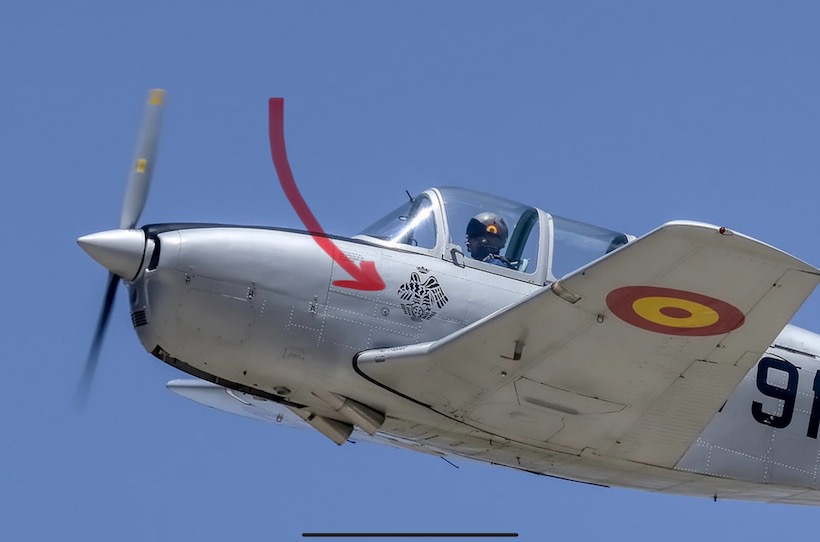
This got me thinking some more. Where did this symbol originate? I found out part of this the symbol went back to 1913, when the Spanish Air Force was looking to modernize their logo.
The chosen logo was created by Princess and Infanta Beatrice of Saxe-Coburg and Gotha, wife of Spanish airman Alfonso, Duke of Galliera.
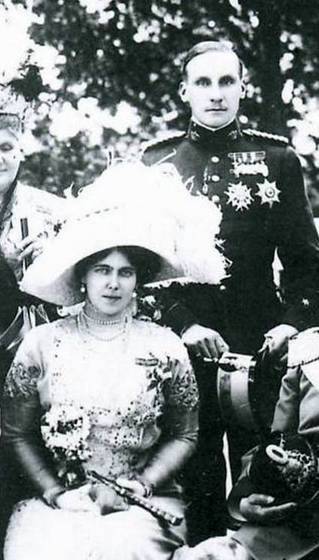
Princess Beatrice drew two silver wings united by a red disc with the Spanish crown.
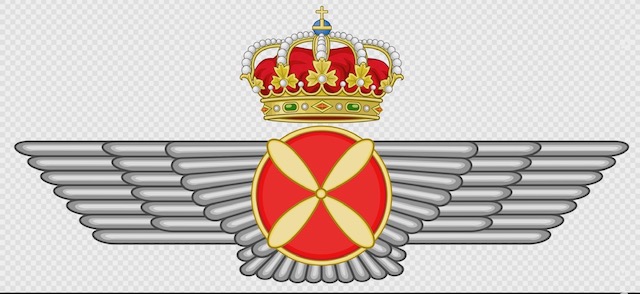
It is likely that Princess Beatrice, who was an Egyptologist and artist, would have based the logo on the Egyptian scarab, the winged disc of the Burial site of Seti I or Maat's wings.
In Spain the emblem is known colloquially as Rokiski the last name of the engraver who created military pilot wings between 1939 and 1965. Pilot wings and other Air Force specialties are based on the Rokiski.[6][7]
So, if you look at the logo on the fin of the Spanish Air Force Academy Jungmanns, it seems the “Aguila” (bird) is holding the “Rokiski” (wings).
It gets better: Princess Beatrice was the vivacious granddaughter of British Queen Victoria and was married to Alfonzo, a pilot who was one of the first and most distinguished aviators in the Spanish military. 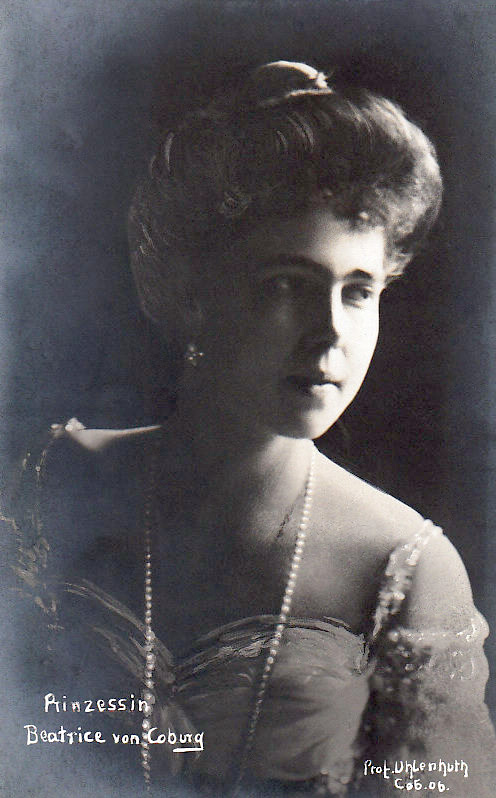 .
. 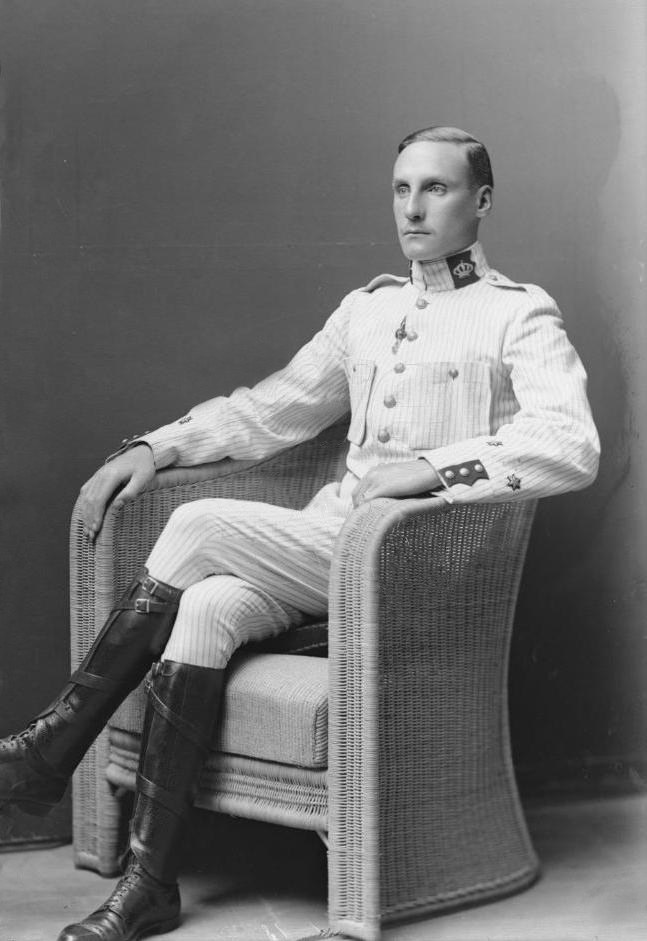
Their histories are fascinating.
So, part of the logo we see on the tail of the Jungmann was designed by a member of British royalty, for her husband who was the head of aerial forces for General Franco following the Spanish Civil War.
That is so cool…..
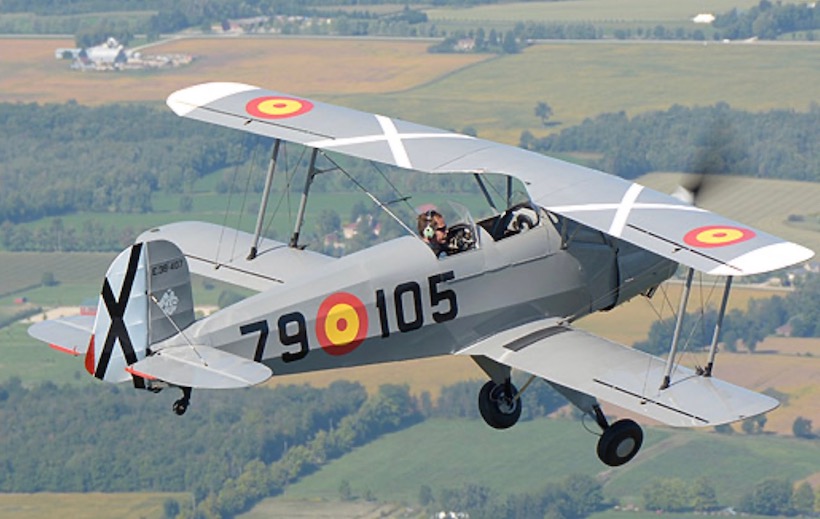
I asked Paco if the historic symbol found on the tail of the Jungmann was still used today. He said yes. The symbol can be found on the Spanish Air Force Academy’s elementary and advanced training Pilatus PC-21 aircraft :
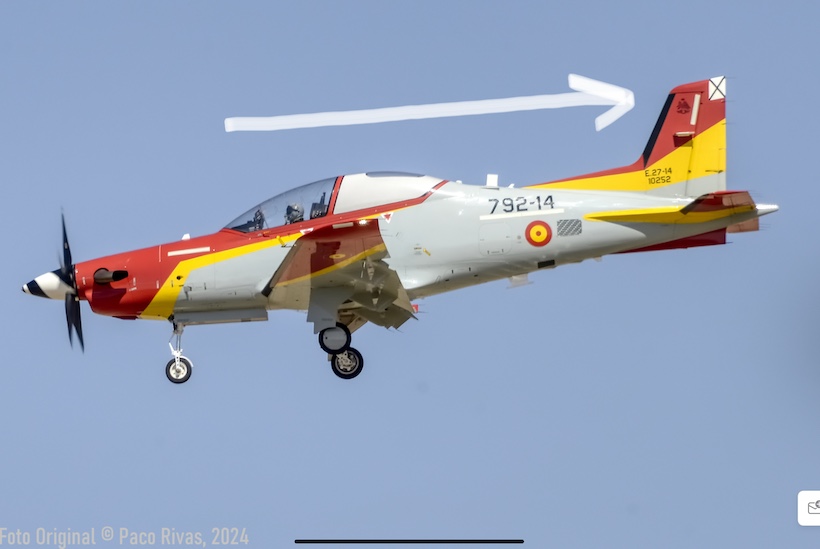
It is also seen today on the CASA C-101’s flying with the “Patrulla Aguila” display team. The airplane is also used for currency training for Spanish Air Force pilots who are not assigned to any operational squadron.
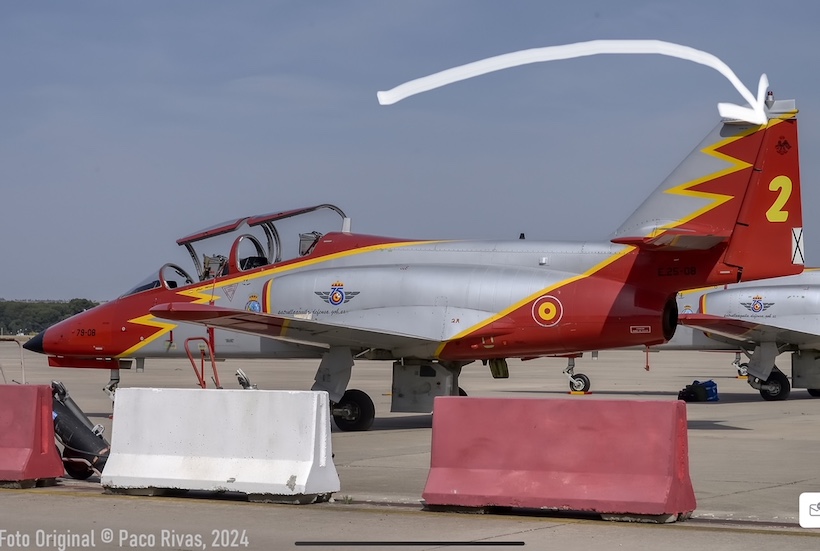
Look at all those “Aguila” logos on the fins.
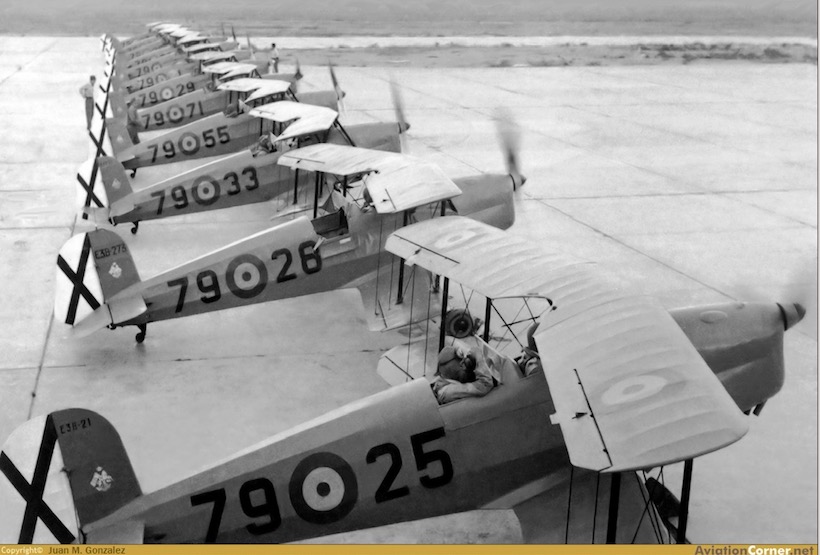
Would anyone happen to have an original logo I could copy? I’m feeling the need to make a stencil or a decal for my Jungmann :)
Brian


